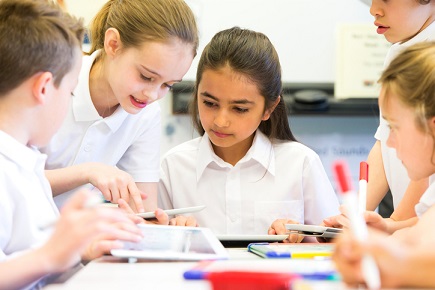
Federal Education Minister, Simon Birmingham, said the Progress in International Reading Literacy Study (PIRLS) showed Australian students improved their ranking from 27th (out of 45 countries) in 2011 to 21st (out of 50 countries) in 2016.
The new PIRLS results show that about one fifth of Year 4 students’ reading was below the national proficient standard.
“These latest results, though just one measure of school performance, highlight the strength of Australia’s education system,” Birmingham said.
“Australian students significantly outperformed students in 24 other countries, including Portugal, Spain, and New Zealand, though on this measure we still lag well behind 13 other countries including the Russian Federation and Singapore.”
Out of the 6,300 Australian Year 4 students who took part in the study, 81% achieved the intermediate international benchmark – also known as the national proficient standard, a major improvement on 2011 where only 76% of students reached the same benchmark.
“This is an encouraging report card but it’s also clear there’s no room for complacency. Australian educators and policymakers must keep focused on what needs to be done to further boost student outcomes,” Birmingham said.
ACER Deputy CEO (Research), Dr Sue Thomson, agrees.
Dr Thompson said while the results indicate positive changes in Australian students' average reading performance since 2011, they also highlight the existence of groups of students for whom reading comprehension remains an area of great difficulty.
“PIRLS 2016 shows that 81% of Australian Year 4 students are achieving at or above the Intermediate benchmark – the proficient standard for Australia – compared to 76% in 2011, with more students achieving at the High or Advanced benchmark,” Dr Thomson said.
Dr Thompson said the improvement in the literacy achievement of Australian Year 4 students in PIRLS is broadly consistent with the observation that Year 3 reading levels in NAPLAN have been improving nationally since 2008.
“Nevertheless, the fact remains that about six per cent of students are not reaching the Low benchmark in PIRLS 2016, a proportion similar to PIRLS 2011,” Dr Thompson said, adding that significant achievement gaps by gender, Indigenous status, socioeconomic background and school location remain.
“The priority for policymakers and educators is to focus on addressing the learning needs of these groups of students.”
Related stories:
How principals can deliver a whole school literacy curriculum
Declining literacy outcomes: where do the solutions lie?


